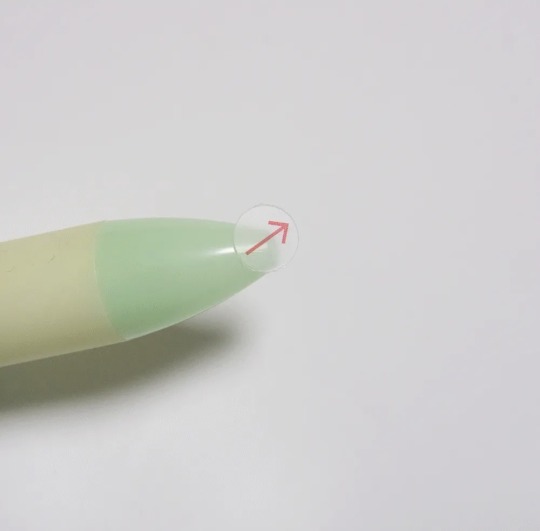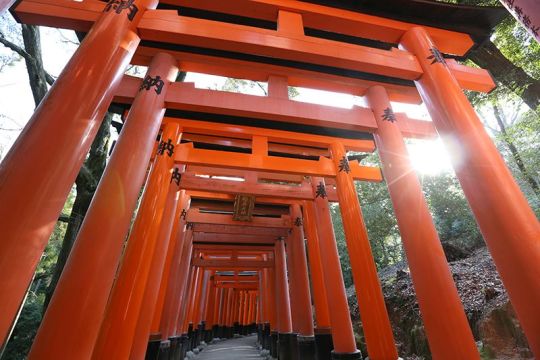#arrowstickers
Text




ARROW ICON DESIGN FOR STICKERS
-short thin arrow , one way stick arrow(long and short) , two way arrow (long and short)
-material : pvc removal
Copyright 2024. Co.Jeunerworks All Rights Reserved.
#arrowdesign#arrowicon#icondesign#graphic design#product design#2d design#design#paper design#stationery#stationerydesign#memopad#shape stickers#stickers#arrowstickers
1 note
·
View note
Photo

Organize your life! Colorful zodiac sign stickers kit. It includes tear drop dot stickers and arrow stickers. Make your schedule note unique!👍🏼 #planyourlife #zodiacsigns #zodiacstickers #plannerstickers #importantstickers #arrowstickers #teardropstickers #colorfulstickers #backtoschool #studystickers #lifeplanner #schedule #erincondren #happyplanner #babyangel #etsy #etsysticker #printablestickers #digitaldownload #supersuperstickers
#zodiacstickers#colorfulstickers#zodiacsigns#studystickers#happyplanner#digitaldownload#planyourlife#backtoschool#erincondren#importantstickers#babyangel#etsysticker#arrowstickers#teardropstickers#lifeplanner#etsy#supersuperstickers#plannerstickers#printablestickers#schedule
0 notes
Photo



The Sun rises through the Torii
A torii (鳥居, literally bird abode, Japanese pronunciation: [to.ɾi.i]) is a traditional Japanese gate most commonly found at the entrance of or within a Shinto shrine, where it symbolically marks the transition from the mundane to the sacred.[1]
The presence of a torii at the entrance is usually the simplest way to identify Shinto shrines, and a small torii icon represents them on Japanese road maps.[note 1]
The first appearance of Torii gates in Japan can be reliably pinpointed to at least the mid-Heian period because they are mentioned in a text written in 922.[1] The oldest existing stone torii was built in the 12th century and belongs to a Hachiman Shrine in Yamagata prefecture. The oldest existing wooden torii is a ryōbu torii (see description below) at Kubō Hachiman Shrine in Yamanashi prefecture built in 1535.[1]
Torii gates were traditionally made from wood or stone, but today they can be also made of reinforced concrete, copper, stainless steel or other materials. They are usually either unpainted or painted vermilion with a black upper lintel. Inari shrines typically have many torii because those who have been successful in business often donate in gratitude a torii to Inari, kami of fertility and industry. Fushimi Inari-taisha in Kyoto has thousands of such torii, each bearing the donor's name.[2]
The function of a torii is to mark the entrance to a sacred space. For this reason, the road leading to a Shinto shrine (sandō) is almost always straddled by one or more torii, which are therefore the easiest way to distinguish a shrine from a Buddhist temple. If the sandō passes under multiple torii, the outer of them is called ichi no torii (一の鳥居, first torii).[18] The following ones, closer to the shrine, are usually called, in order, ni no torii (二の鳥居, second torii) and san no torii (三の鳥居, third torii). Other torii can be found farther into the shrine to represent increasing levels of holiness as one nears the inner sanctuary (honden), core of the shrine.[18] Also, because of the strong relationship between Shinto shrines and the Japanese Imperial family, a torii stands also in front of the tomb of each Emperor.
In the past torii must have been used also at the entrance of Buddhist temples.[17] Even today, as prominent a temple as Osaka's Shitennō-ji, founded in 593 by Shōtoku Taishi and the oldest state-built Buddhist temple in the world (and country), has a torii straddling one of its entrances.[6] (The original wooden torii burned in 1294 and was then replaced by one in stone.) Many Buddhist temples include one or more Shinto shrines dedicated to their tutelary kami ("Chinjusha"), and in that case a torii marks the shrine's entrance. Benzaiten is a syncretic goddess derived from the Indian divinity Sarasvati which unites elements of both Shinto and Buddhism. For this reason halls dedicated to her can be found at both temples and shrines, and in either case in front of the hall stands a torii. The goddess herself is sometimes portrayed with a torii on her head (see photo below).[6] Finally, until the Meiji period (1868–1912) torii were routinely adorned with plaques carrying Buddhist sutras.[19] The association between Japanese Buddhism and the torii is therefore old and profound.
Yamabushi, Japanese mountain ascetic hermits with a long tradition as mighty warriors endowed with supernatural powers, sometimes use as their symbol a torii.[6]
The torii is also sometimes used as a symbol of Japan in non-religious contexts. For example, it is the symbol of the Marine Corps Security Force Regiment and the 187th Infantry Regiment, 101st Airborne Division and of other US forces in Japan.[
The origins of the torii are unknown and there are several different theories on the subject, none of which has gained universal acceptance.[18] Because the use of symbolic gates is widespread in Asia—such structures can be found for example in India, China, Thailand, Korea, and within Nicobarese and Shompen villages—historians believe they may be an imported tradition.
They may, for example, have originated in India from the torana gates in the monastery of Sanchi in central India.[1] According to this theory, the torana was adopted by Shingon Buddhism founder Kūkai, who used it to demarcate the sacred space used for the homa ceremony.[21] The hypothesis arose in the 19th and 20th centuries due to similarities in structure and name between the two gates. Linguistic and historical objections have now emerged, but no conclusion has yet been reached.[6]
In Bangkok, Thailand, a Brahmin structure called Sao Ching Cha strongly resembles a torii. Functionally, however, it is very different as it is used as a swing.[6] During ceremonies Brahmins swing, trying to grab a bag of coins placed on one of the pillars.
Other theories claim torii may be related to the pailou of China. These structures however can assume a great variety of forms, only some of which actually somewhat resemble a torii.[6] The same goes for Korea's "hongsal-mun".[22][23] Unlike its Chinese counterpart, the hongsal-mun does not vary greatly in design and is always painted red, with "arrowsticks" located on the top of the structure (hence the name).
Another hypothesis takes the name literally: the gate would originally have been some kind of bird perch. This is based on the religious use of bird perches in Asia, such as the Korean sotdae (솟대), which are poles with one or more wooden birds resting on their top. Commonly found in groups at the entrance of villages together with totem poles called jangseung, they are talismans which ward off evil spirits and bring the villagers good luck. "Bird perches" similar in form and function to the sotdae exist also in other shamanistic cultures in China, Mongolia and Siberia. Although they do not look like torii and serve a different function, these "bird perches" show how birds in several Asian cultures are believed to have magic or spiritual properties, and may therefore help explain the enigmatic literal meaning of the torii's name ("bird perch").[6][note 2]
Poles believed to have supported wooden bird figures very similar to the sotdae have been found together with wooden birds, and are believed by some historians to have somehow evolved into today's torii.[24] Intriguingly, in both Korea and Japan single poles represent deities (kami in the case of Japan) and hashira (柱, pole) is the counter for kami.[19]
In Japan birds have also long had a connection with the dead, this may mean it was born in connection with some prehistorical funerary rite. Ancient Japanese texts like the Kojiki and the Nihon Shoki for example mention how Yamato Takeru after his death became a white bird and in that form chose a place for his own burial.[6] For this reason, his mausoleum was then called shiratori misasagi (白鳥陵, white bird grave). Many later texts also show some relationship between dead souls and white birds, a link common also in other cultures, shamanic like the Japanese. Bird motifs from the Yayoi and Kofun periods associating birds with the dead have also been found in several archeological sites. This relationship between birds and death would also explain why, in spite of their name, no visible trace of birds remains in today's torii: birds were symbols of death, which in Shinto brings defilement (kegare).[6]
1 note
·
View note
Photo

code 3 arrowstick https://t.co/DX6GUhueeo https://t.co/vi5FbneJbR http://twitter.com/Faetqa_Maigbo/status/833543062857056256
0 notes
Photo

code 3 arrowstick http://rover.ebay.com/rover/1/711-53200-19255-0/1?ff3=2&toolid=10044&campid=5337410315&customid=&lgeo=1&vectorid=229466&item=192104587168
0 notes